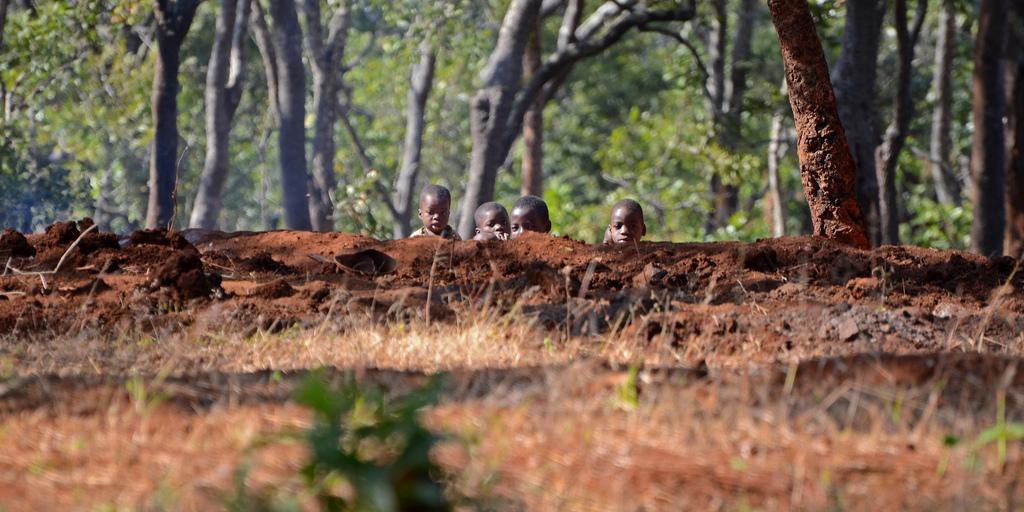In late 2016, southern Malawi saw temperatures hit 46 degrees celsius (115 degrees F.), and the rains never came. Research from the University of Malawi, backed by 50 years of rainfall and temperature data, established that drought, flooding, strong winds and high temperatures were all becoming more common in the region. Those who depend on rain-fed agriculture, notably maize, know this firsthand — a food crisis looms for many Malawians as well as for 50 millionpeople living in southern Africa. Drought, decreasing land productivity and poor water management can also lead to conflict; in usually peaceful Malawi, a land-defense movement has started fighting against foreign-owned tea plantations.
Forests are a climate solution. So the Malawian government, as part of the Bonn Challenge, has unveiled an ambitious program to recover some of the estimated 7.8 million hectares of forest land that has been lost since the 1980s. “The most efficient technology for taking CO2 out of the atmosphere is a tree,” Al Gore, the former U.S. vice president and climate advocate, said recently. “When you take it to scale, it’s a forest.”
Malawi has earmarked $385 million to plant 20 million trees and restore millions of hectares of degraded lands by 2030. Forestry officials said the initiative will cover 4.5 million hectares, or almost half of the country’s total land area. Malawi recently completed an assessment of its forest landscape and discovered that nearly 7.7 million hectares, or 80% of Malawi’s total land area, has opportunities for restoration.
Technology from the private sector can help. Jurriaan Ruys, a former McKinsey partner and founder of Land Life, has developed a biodegradable “cocoon,” made of waxed paper, that supplies saplings with enough water to thrive until their root systems reach groundwater. Malawi — along with Mexico, Cameroon, the US and a half dozen other countries — has adopted the innovation, which Ruys says has about a 95% success rate. Says Ruys, “I see [reversing desertification] as a very doable technological challenge.”











